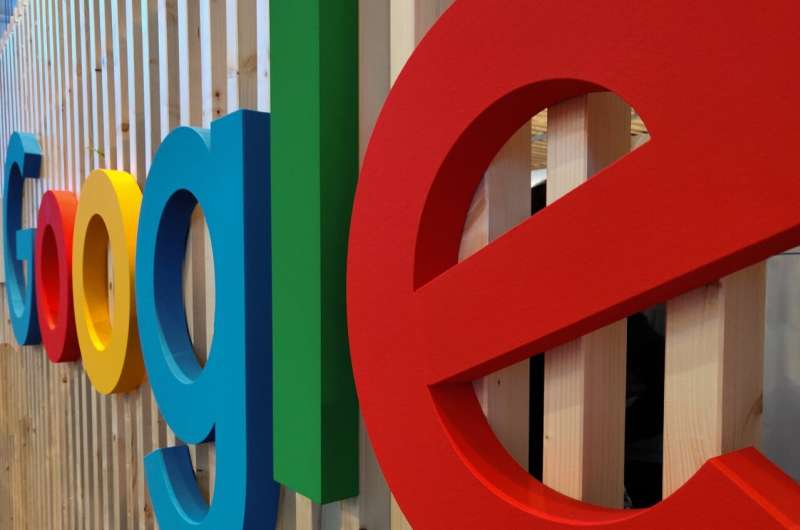Credit: Unsplash/CC0 Public Domain
Google's newest phones, the Pixel 5, have a feature that sounds very cool: They stay on hold so we don't have to.
It's called the "Hold For Me" feature and kicks in once those pesky airlines, hotels or other concerns put us on hold on a toll-free phone call. Then, when the music stops and a live person comes through, a tone rings to let us know it's time to pay attention again and come back to the phone to talk.
"Your assistant is listening for you so you can do other things," Google tells us. "Your phone will let you know when someone's ready to talk to you."
Give Google five stars for PR savvy, but only two stars for reality.
The problem is that hold times are not just endless Muzak anymore. Now, most toll-free call wait times are actually an endless collection of prompts and pleads from an automated announcement, urging you to to let the system call you back when company representatives are not busy.
So it's really hard to stay focused on something else and ignore the hold because the phone systems won't let you alone.
The good news: I've been testing the Hold for Me feature this week, and it actually does work, with no kinks. But in my tests, I had a phone by my side, which I placed down while I was on hold, and continued with my work on my desk laptop.
Will you have that luxury? And is getting a tone nudge from Google any different from just having the phone on speaker and waiting for the person to connect? Whether that be a tone or a human, either would get our attention, right?
The "Hold for Me" feature is an exclusive on Google's $699 Pixel 5, the latest edition of the Pixel phone, which will be available Oct. 29, and the new 4A (5G) device, which is scheduled for Nov. 19. Both phones connect to the new, faster 5G wireless standard.
But beyond being state-of-the-art Android devices with beautiful screens, fast performance, terrific cameras and a wonderful recorder that transcribes interviews and adds live captions to videos, the newest wrinkle is "Hold for Me."
To set it up, you need to go to the settings of the phone, and opt in for the Hold for Me feature. From there, when you place a toll-free call, a window will pop up on the phone screen asking if you'd like to use Hold for Me.
You click it on once you've been placed on hold, which as any caller to an airline, hotel chain, cable company or big box retailer knows will begin with those series of endless questions and prompts. ("Press 1 to make a new reservation, press 2 for an existing reservation")
From there, Google announces to the live human that it's placing the call on our behalf, and then eventually connects us. Maybe. Dollar Rent a Car, McDonald's and Coca-Cola all hung up on the Google Assistant when I tested it.
Delta, United and American Airlines urged me to get off the phone and take a callback. As did Sling TV. My cable company kept asking me for my account number before I could go on hold, repeatedly, and even while on hold, the requests never ended, causing Google to show them to me in a chat window.
So much for being able to focus on work.
In selling the feature to the public, Google insists it doesn't monitor our activities while companies put us on hold. "It doesn't listen to your microphone," Google says. However, your callers are sure to love this—"the audio from the business is temporarily recorded and saved to your device."
In its fine print, Google notes that Hold For Me may not detect when the rep returns to the call every time, and that you can't use the Pixel for other activities—like listening to music or other audio—while Hold For Me is in use.
All in all, a great idea for Google, as we all hate being on hold—but it's circa 10 years ago, before organizations got savvier about having their on-hold mechanisms chirp away at us to keep us on the line.
Now how about having Google deal with robocalls? That's very today and a much more pressing problem.
Hey, Google, what do you say?
(c)2020 U.S. Today
Distributed by Tribune Content Agency, LLC.























